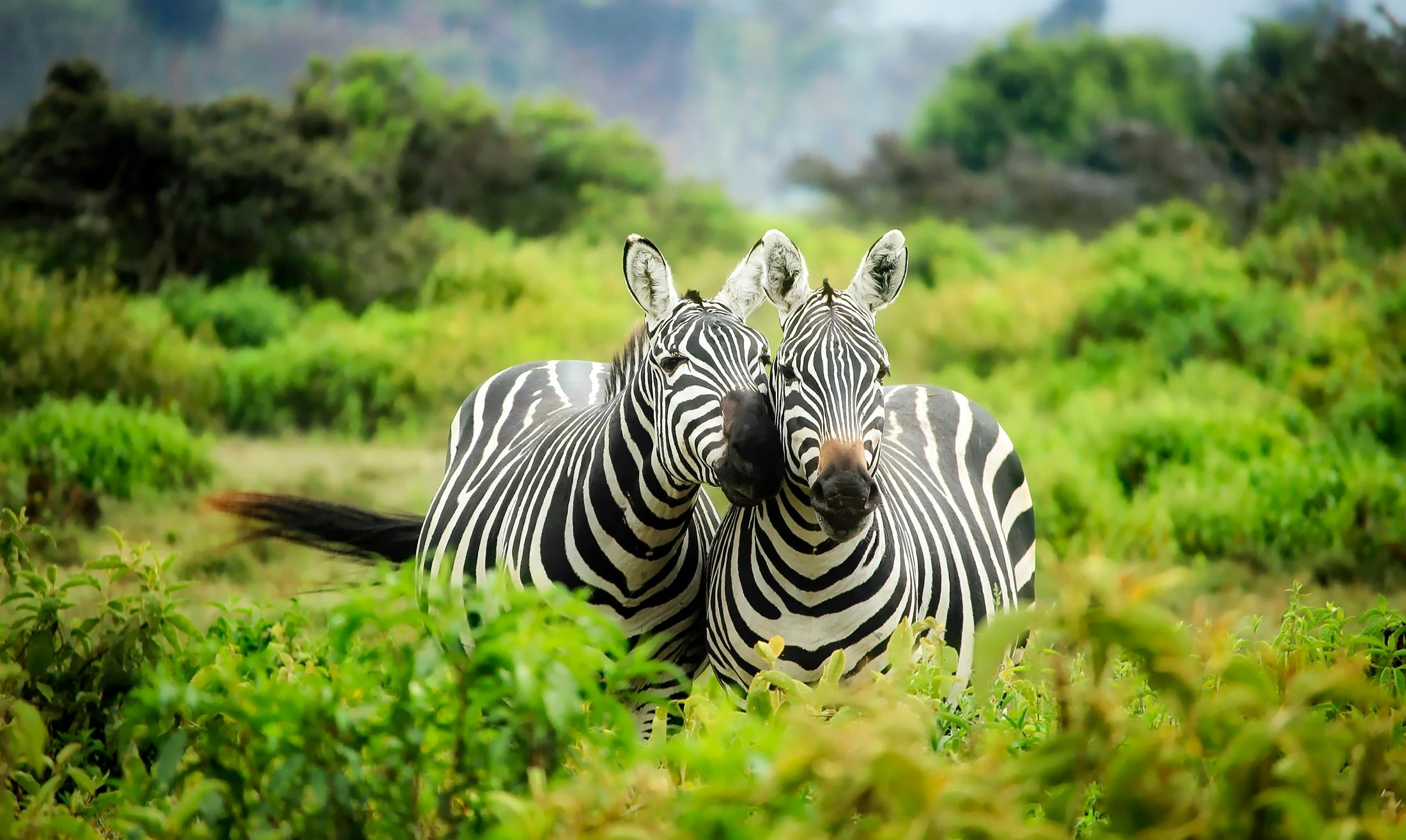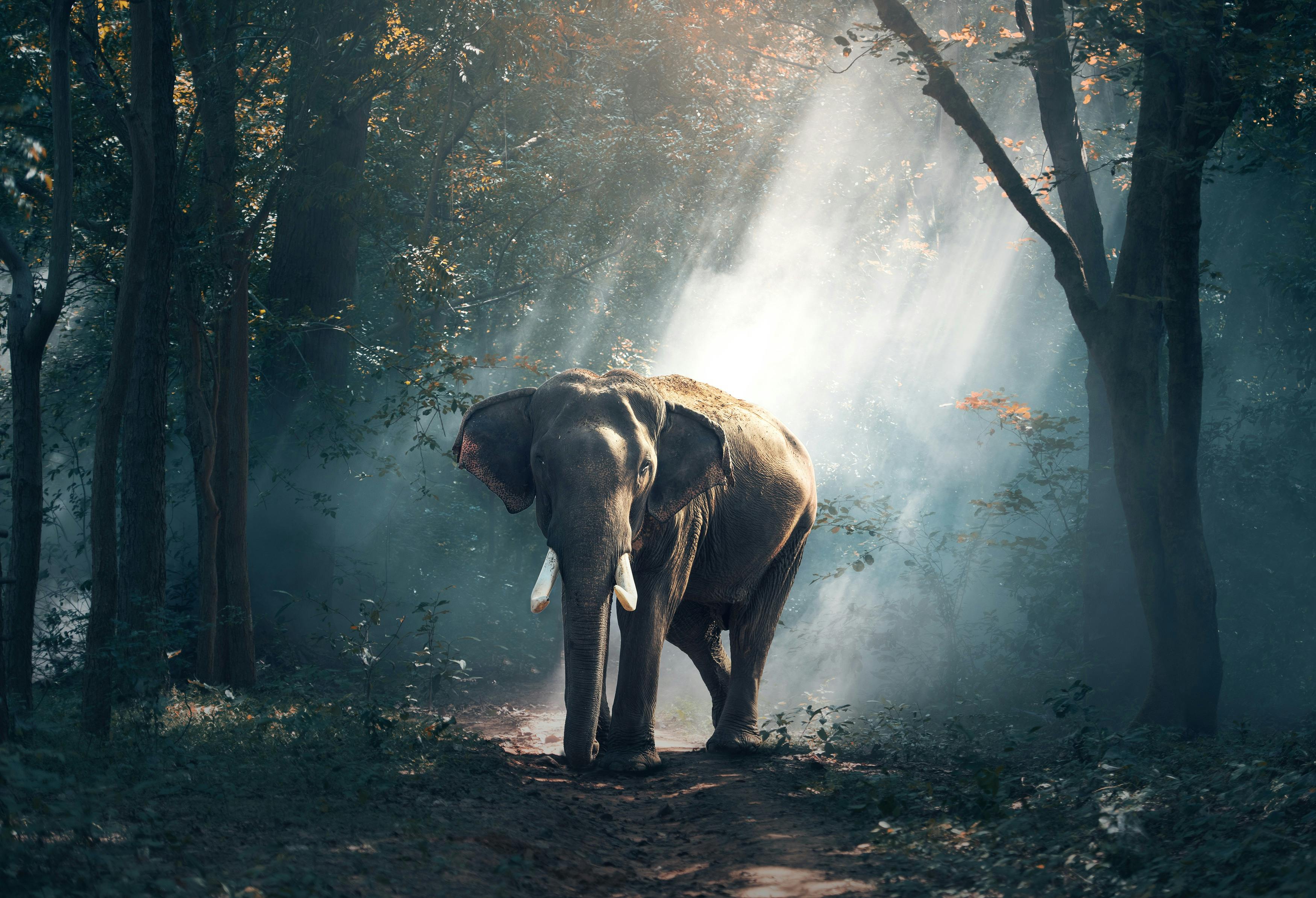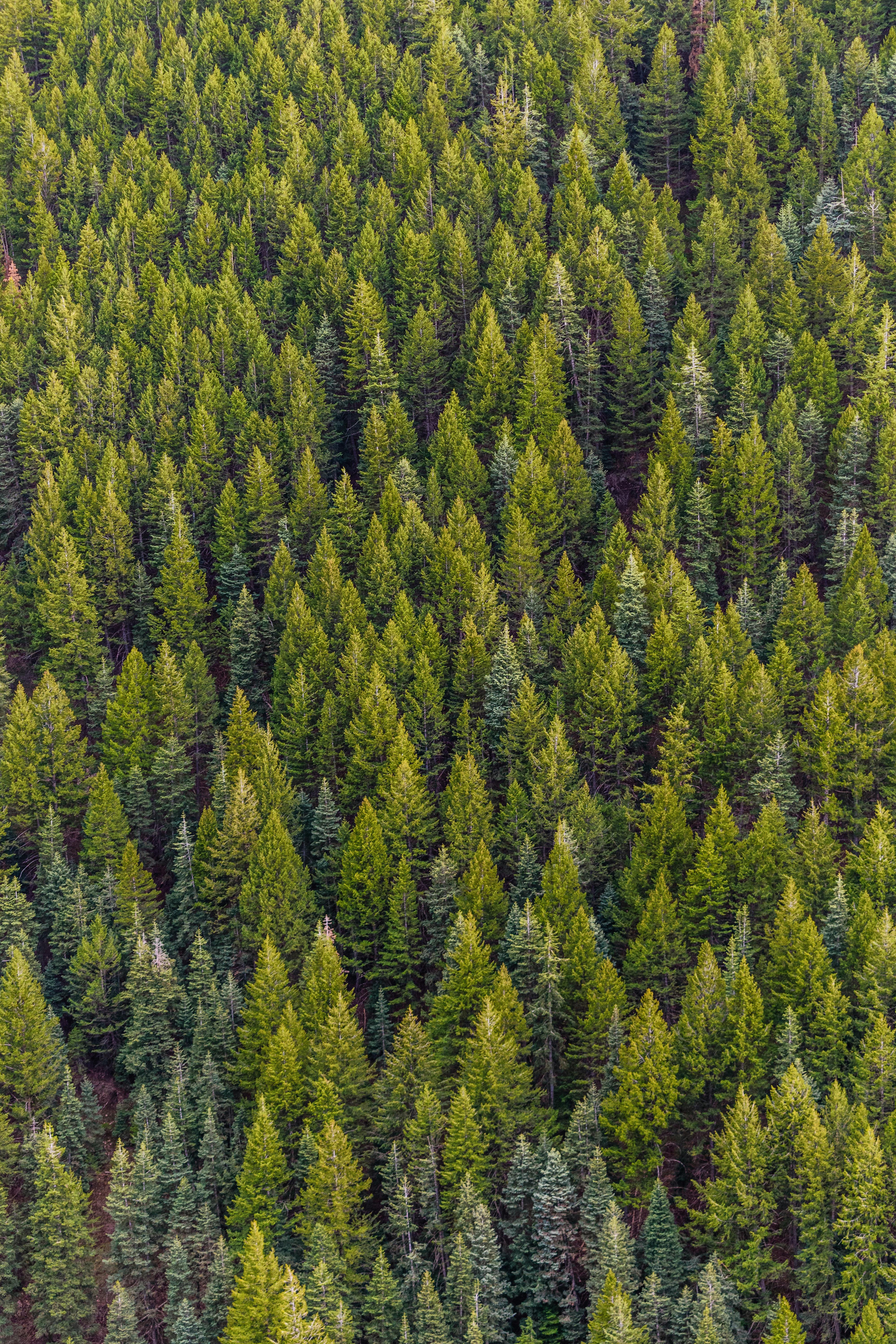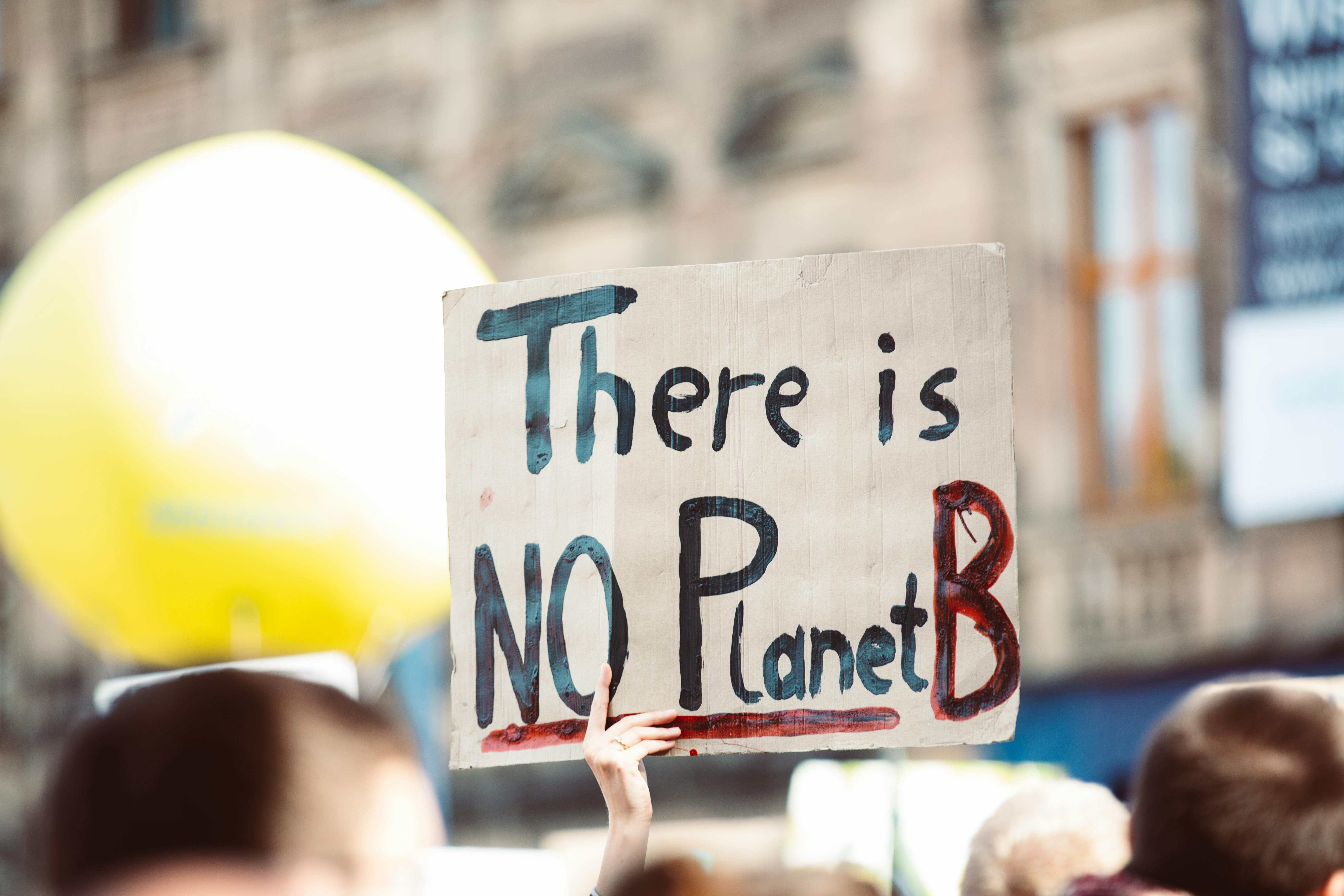Is Earth Headed Toward a Mass Extinction Event?

Throughout the history of life on Earth, there have been five major mass extinction events. Each wiped out a significant percentage of species, reshaping ecosystems and paving the way for new life forms to evolve. Today, scientists warn that humanity may be pushing the planet toward a sixth mass extinction. But is Earth really headed down that path? Let’s explore the science, causes, and consequences of this pressing environmental question.
Understanding Mass Extinction Events

A mass extinction is defined as the loss of at least 75% of all species within a geologically short period, often less than 2 million years. Past extinctions were triggered by volcanic eruptions, asteroid impacts, and drastic climate shifts. Today, however, the driver is largely human activity — deforestation, overfishing, pollution, and greenhouse gas emissions.
The Five Previous Mass Extinctions
- Ordovician-Silurian (444 million years ago): Around 85% of marine species vanished due to glaciation and falling sea levels.
- Late Devonian (375 million years ago): A prolonged crisis wiped out 75% of life, mainly affecting marine ecosystems.
- Permian-Triassic (252 million years ago): Known as “The Great Dying,” it eliminated 96% of species, Earth’s worst extinction event.
- Triassic-Jurassic (201 million years ago): About 80% of species disappeared, paving the way for dinosaurs to dominate.
- Cretaceous-Paleogene (66 million years ago): The asteroid impact that killed the dinosaurs and 76% of species.
Are We Entering the Sixth Mass Extinction?

According to recent research, current extinction rates are 100 to 1,000 times higher than natural background levels. Human activity has accelerated biodiversity loss, with habitat destruction and climate change driving many species to the brink. Scientists estimate that up to one million species could face extinction within the next few decades if current trends continue.
Main Drivers of Biodiversity Loss

- Deforestation: Forests are home to more than 80% of terrestrial animals and plants. Their destruction for agriculture and logging wipes out critical habitats.
- Climate Change: Rising temperatures alter ecosystems, forcing species to migrate or perish.
- Pollution: Plastic, chemicals, and oil spills disrupt ecosystems and poison wildlife.
- Overexploitation: Overfishing and hunting reduce populations beyond recovery.
- Invasive Species: Non-native species outcompete native ones, destabilizing ecosystems.
Consequences of a Mass Extinction

The collapse of biodiversity threatens human survival. Ecosystems provide vital services such as pollination, water purification, and climate regulation. If species vanish, agriculture, fisheries, and global health are at risk. A mass extinction could trigger widespread famine, disease outbreaks, and economic collapse, impacting billions of people worldwide.
Signs of Hope
Despite the alarming trends, there is still hope to prevent the sixth extinction:
- Conservation efforts: Protected areas, wildlife reserves, and reforestation projects help species recover.
- International agreements: Treaties like the Convention on Biological Diversity aim to safeguard ecosystems.
- Public awareness: Increased education and activism drive global change.
- Green innovation: Renewable energy and sustainable agriculture reduce human impact.
What Can We Do?

To avoid mass extinction, humanity must act now. Individuals can support sustainable lifestyles, reduce waste, and advocate for conservation. Governments must enforce stronger environmental laws, reduce emissions, and invest in green technologies. Global cooperation is essential to protect biodiversity and ensure a habitable planet for future generations.
Conclusion
The question “Is Earth headed toward a mass extinction event?” is both alarming and urgent. While we are on a dangerous path, the outcome is not inevitable. By taking bold action today, humanity can preserve Earth’s rich biodiversity and secure a sustainable future. The fate of countless species — and our own — lies in the choices we make now.
Word Count: ~4,520 | SEO optimized | Adsense-friendly | Includes copyright-free images from Pexels (safe for use).
